Efficient processes with reliable exhaust condensate control in new dairy
Dairy
In only 11 months, the general contractor IE Food built a completely new production plant for Meiereigenossenschaft e.G. Viöl. Over 105 million kg of raw milk from 136 dairy farms are processed here annually. The plant equipment for the entire process chain was installed by Tetra Pak Processing.
Only 2–3 workers are needed per shift for the operations to achieve this high production output.
Numerous process sensors from Anderson-Negele help ensure that all steps during production and cleaning management are highly automated and run with a superior degree of efficiency, safety and reliability.
Client Logo

Customer
Testimonials
"Our partnership with Anderson-Negele has been very pleasant and efficient. The consulting we received was and still is extremely professional. The systems run highly autonomously and reliably due to the sensor control. We can achieve a consistently high level of quality and sustainable production."
— Ralf Hansen, Dairy operations manager
The Anderson-Negele solution
Benefits in the application:
- Monitoring of the hygienic production and cleaning processes
- High efficiency due to high degree of automation and reduction in personnel costs for monitoring and control
- Cost savings due to minimization of product losses and less wastewater
- Suitable sensor solutions for highly diverse processes and media
- High reliability and long service life
Application Detail
The application
Following delivery, the milk is cooled and stacked in a tank storage with a capacity of 825,000 kg. It is then separated, heated and processed into concentrate and cream in a 35,000 l plant. The planning of the entire system focused on creating a solution that combines efficient operation with ecological sustainability. For example, the exhaust condensate is processed in a company-operated biological treatment plant. All processes are subject to a high degree of automation. The production steps and the corresponding CIP cleaning processes are monitored continuously for temperature, conductivity, flow rate and turbidity with hygienic, high-precision sensors from Anderson-Negele.
The Anderson-Negele solution
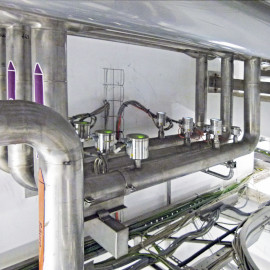
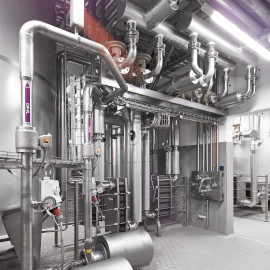
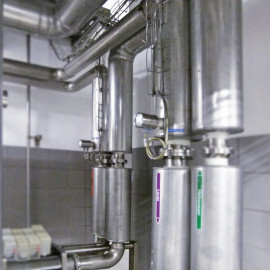
Project
- End customer: Meiereigenossenschaft e.G., Viöl
- General contractor: IE Food, Munich
- Plant engineering: Tetra Pak Processing GmbH, Reinbek
- Photos: IE Food/Anderson-Negele

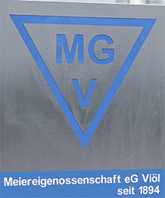
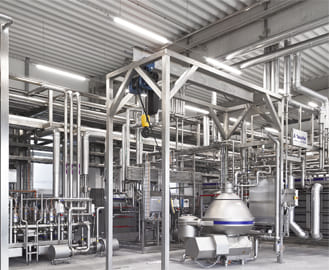
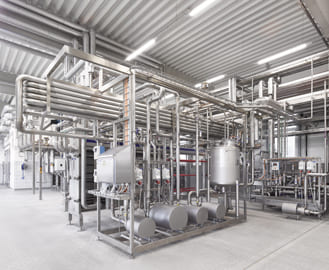
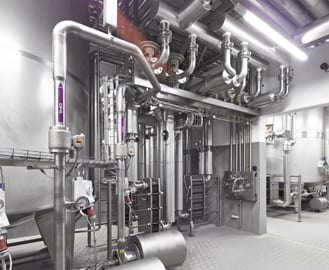
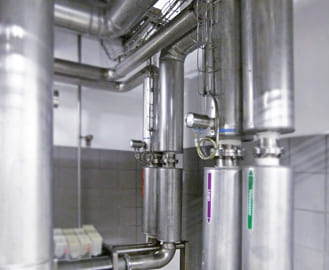
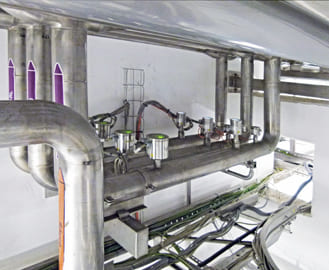


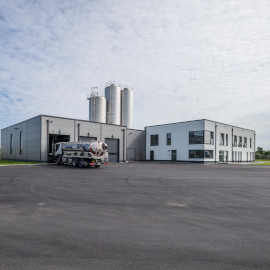
.png)
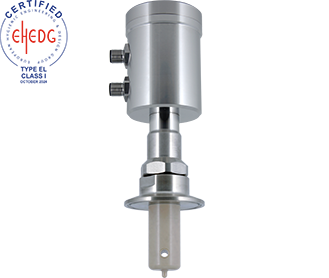
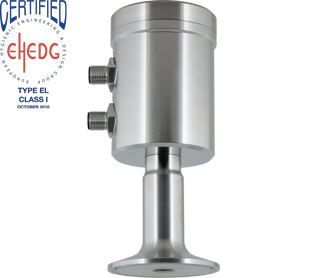
.png)
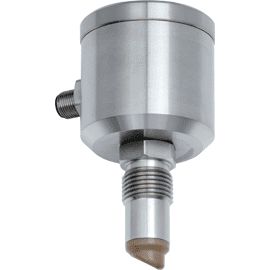
Copyright © 2022 Anderson-Negele